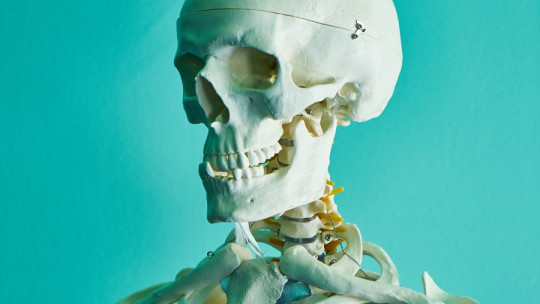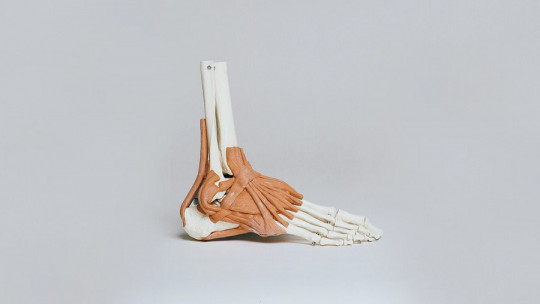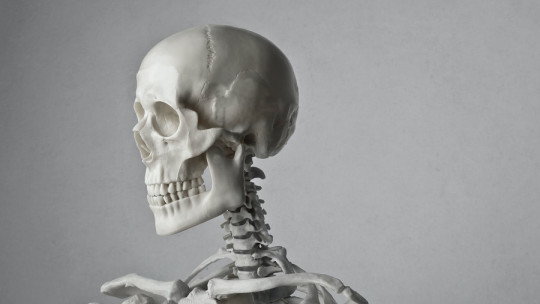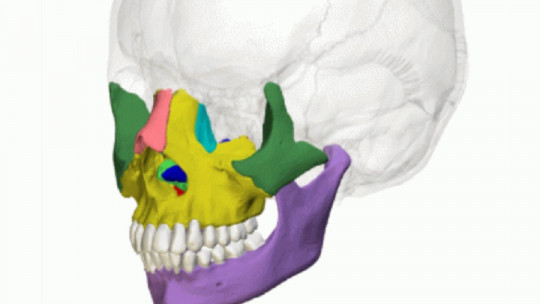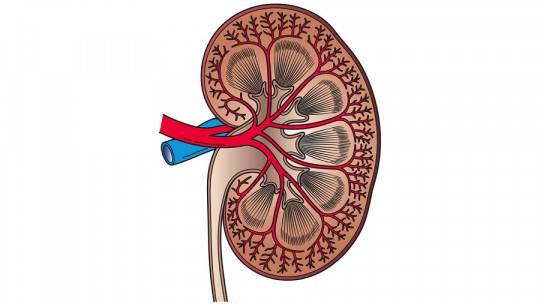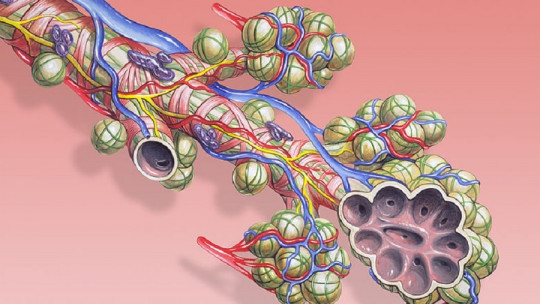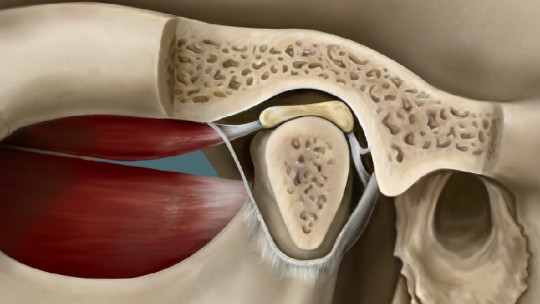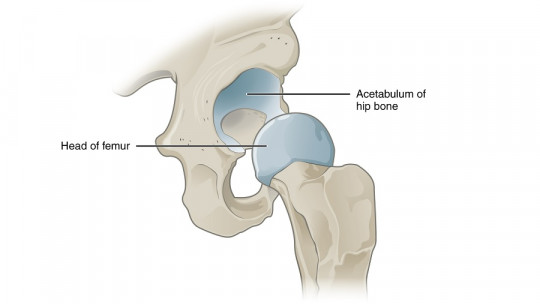Anatomy is a science that studies the structure of the different living beings that inhabit planet Earth. A specialist in anatomical studies investigates the topography, shape, location, arrangement and relationship between the organs and systems that make up a living entity.
Although anatomy is based on an objective description of the structures analyzed, each of them must also be contrasted with its function, so it is closely linked to the physiological study of systems.
There are many types of anatomy : descriptive, comparative, topographic, surgical, clinical, radiological, pathological and many more terms. Some branches of anatomy focus on the clinical particularities of the organs of human beings, while other aspects study the tissues and systems of plants, for example. From a plant to a mammal there are thousands of years of distance, but anatomists, specialized in their field, describe the structures of each of them with equal detail.
Since the human body is so complex, it is not enough to specialize in “human anatomy” to describe each and every one of its particularities. Based on this premise, osteology arises , or what is the same, the study of bones. We tell you everything about this exciting discipline.
What is osteology?
As we have suggested in previous lines, osteology can be defined as a branch of descriptive anatomy that is responsible for studying the shape, structure and arrangement of bones. This is a variant of systematic or descriptive anatomy while it investigates one of the multiple subsystems into which the body is divided and is in charge of its study exclusively.
Belonging to the phylum of the chordates (Chordata), the human species Homo sapiens sapiens is characterized by having an osteocartilaginous skeleton, understood as the set of bones and joints that constitute the skeletal system. All this bone conglomerate represents around 12% of the human body: if an adult person weighs 75 kilograms, 9 of them will be pure bone tissue.
Below we present a series of particularities about the human skeleton and the composition and function of bone tissue. Knowledge of all this data is possible thanks to the work of anatomists specialized in osteology as we remember that this branch of descriptive anatomy has historically focused on the study of the human skeletal system.
The peculiarities of the human skeleton
As we have said, approximately 12% of our weight is pure bone. From an anatomical (or now that we have learned the term, osteological) point of view, Our skeleton is divided into 2 large sections: axial and appendicular
The axial skeleton is made up of 80 bones that define the central axis of the human being, that is, it encompasses the bone structures that form the skull, the auditory bones, the hyoid, the thoracic cage, the sternum and the vertebral column. The main function of the axial skeleton is to give us shape, allow us to interact in a three-dimensional environment in an upright manner and, above all, to serve as protection for vital organs (brain, heart and lungs, among others).
On the other hand, The appendicular skeleton includes the 126 bones that make up the lower and upper limbs (arms and legs), as well as the bony waists Some of them will be familiar to you: the femur, the humerus, the radius, the ulna, the phalanges of the fingers and many others. The main function of the appendicular skeleton is movement and, therefore, here we also find a great diversity of muscles and tendons.
Human skeleton (206 bones): axial skeleton (80 bones) + appendicular skeleton (126 bones)
The bones
Bones are defined as hard and resistant pieces of the skeletons of vertebrates, white/yellowish in color, which They are made up of organic substances, mineral salts and a fibrous envelope Bone tissue stands out above all for its hardness, since 98% of it is composed of mineralized extracellular matter, while only 2% are living cells per se.
The extracellular matrix of bones (what we perceive as the hard white material) is made up of 70% hydroxyapatite, an extremely resistant substance rich in calcium and phosphorus. Without going any further, our body stores 1-1.2 kilograms of pure calcium, which is 99% forming the structure of bones. The remaining 1% of calcium is performing its pertinent tasks in the blood flow and target tissues. Returning to the “non-living” structure of bone, the other 30% of the bone matrix corresponds to organic matter, mainly collagen fibers.
Bone tissue stands out for a low representation of cell bodies In any case, we present a quick list of the main cells found in bones:
Thanks to this cellular diversity, bone tissue is not watertight and invariable over time Bone is formed and destroyed continuously, and normally both processes are balanced throughout the life of the individual. Osteoblasts and osteoclasts are regulated by the hormonal action of calcitonin, estrogen, vitamin D, cytokines and many other substances.
Peak bone mass in men and women is at 30 years of age. Once this peak is reached, bone mass remains stable for 10 years, to begin losing bone due to resorption processes in the order of 0.3-0.5% annually. After menopause, this loss accelerates in women by 3 to 5%, making them much more likely to suffer from osteoporosis.
The functionality of the skeleton
As you can imagine, The main function of the skeleton is to provide vertebrates with support and protection The human skeletal system is a kind of “framework” that supports all the soft tissues of the body and keeps vital organisms safe from shock and mechanical stress. In any case, this is not its only task from an anatomical and physiological point of view.
For example, bones are the places where hematopoiesis occurs, that is, the formation of all cell bodies that circulate in the blood (white, red and other blood cells). Certain types of bones contain inside a substance called bone marrow, which houses multipotent hematopoietic stem cells, which in turn differentiate into the different circulating elements. Hematopoiesis occurs primarily in the skull, pelvis, ribs, sternum, and ends of the femur and humerus.
Finally, bones are also an excellent reserve place In addition to housing large amounts of calcium and phosphate with structural functions, bone tissue can be reabsorbed depending on the physiological needs of the individual. For example, in prolonged hypocalcemia, some bone matter is digested to release circulating calcium into the bloodstream. As you can imagine, this is counterproductive in the long term, but it can get the body out of more than one specific situation.
Summary
Osteology is a branch of descriptive anatomy that has allowed us, as a society, to know all the data that we have presented to you here. Anyway, You should not see this scientific discipline as isolated from the rest : Osteology must rely on physiology, cell biology, histology and many other aspects to fully understand the human skeleton and its relationship with the rest of the systems.
Nothing in the human being is watertight. After all, we are nothing more than a network of intricate connected systems: if one piece falls, the domino effect may be larger or smaller, but nothing acts alone. The relationship of the skeletal system with the rest of the organs and physiological processes is clear proof of this.

